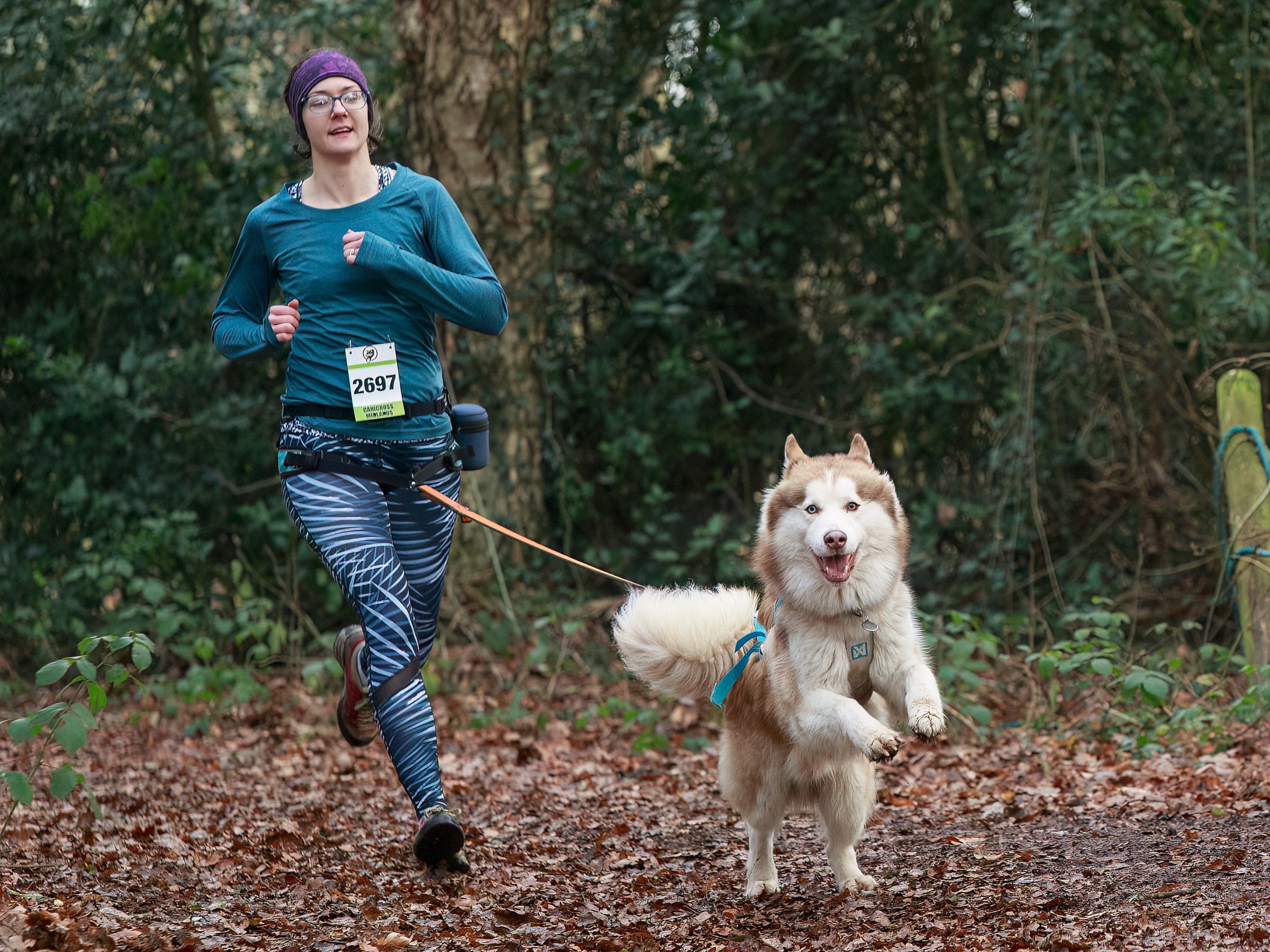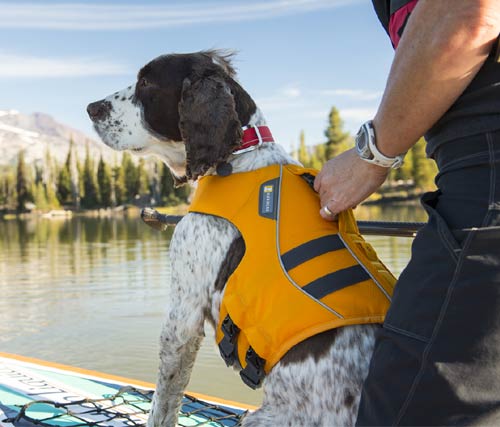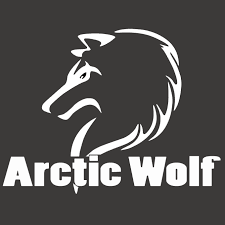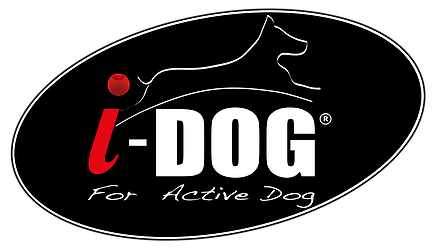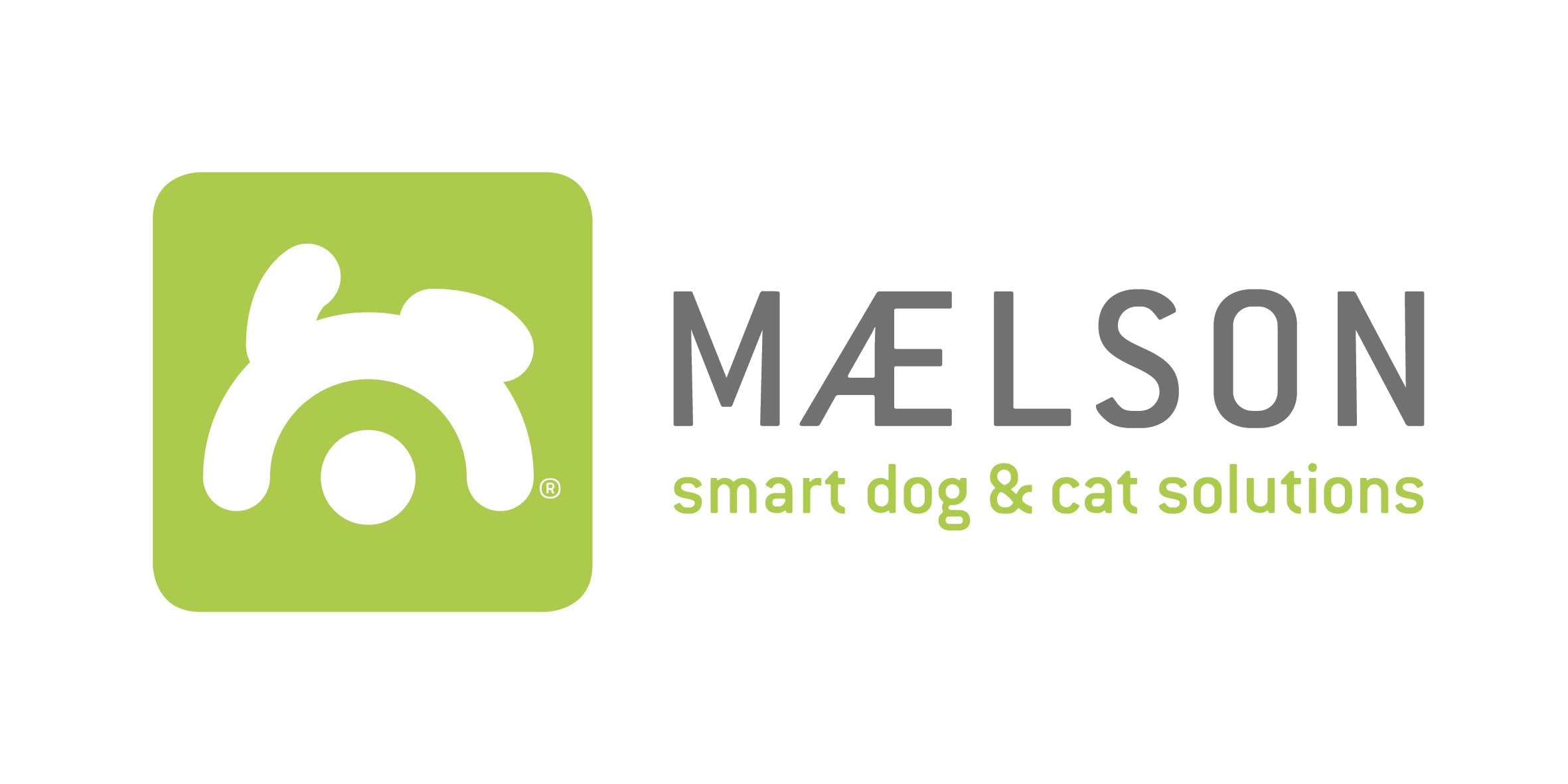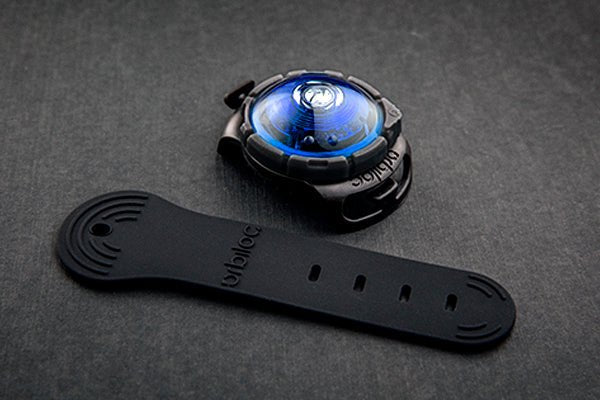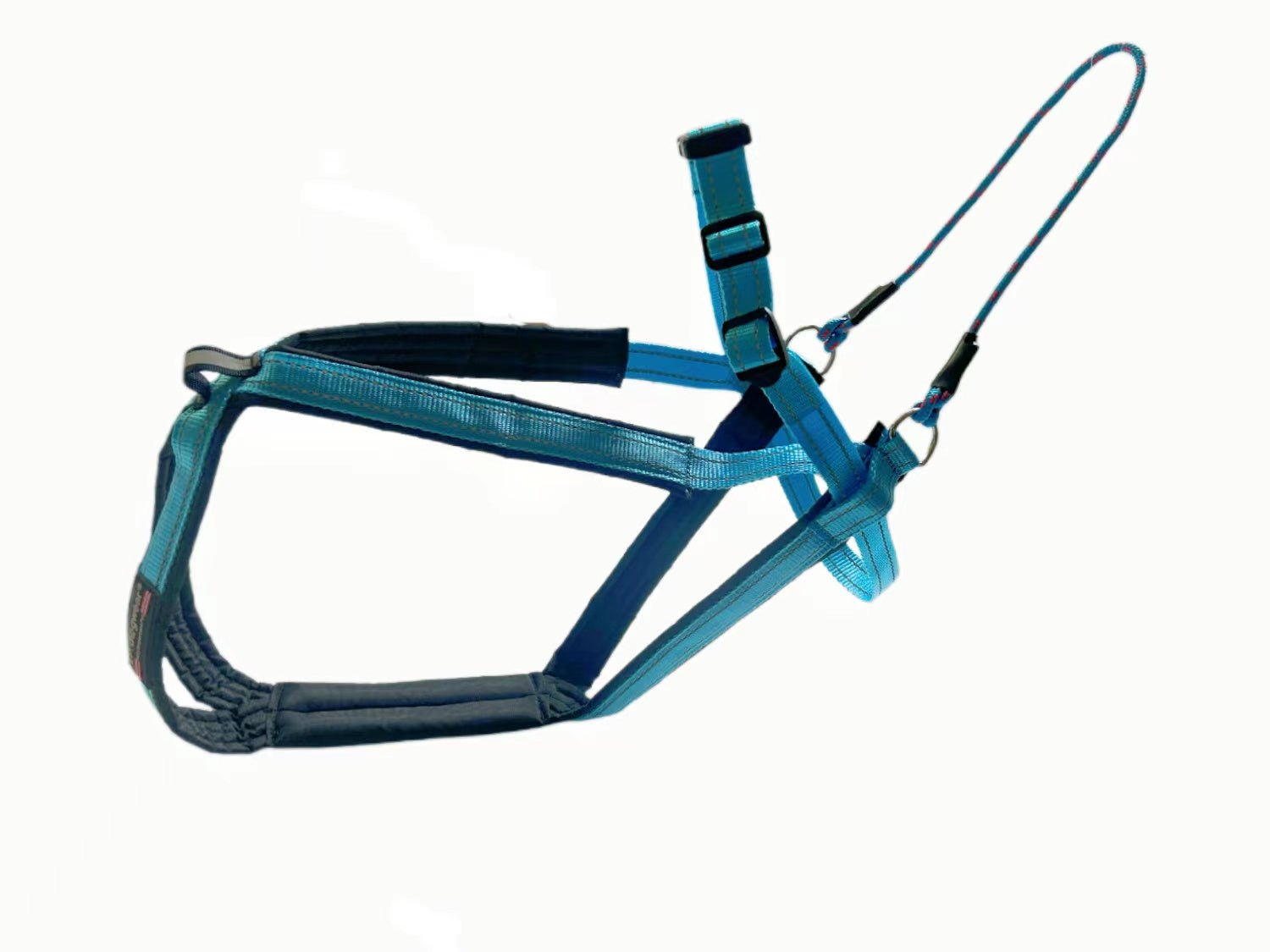Guest Blog post here from Cat at C&M Canicross all about her journey into Canicross and some great tips on getting started in this sport!
Canicross – where to begin!
Firstly hello, you are about to go on the best journey with your dog that you could possibly experience, one of the best sports to bond you as a pair and get out in the fresh air, get the endorphins pumping and blow away some cobwebs. You have nothing to lose by starting canicross, cross-country running with your dog, and so much to gain.
Who am I?
I’m Cat, and I’ve been very lucky within my life to have had the privilege of being surrounded by German Shepherds, Dalmatians, Border terriers, Wire Fox Terriers, Jack Russel’s and more recently two rescue huskies.

Owning rescue huskies came with a responsibility, they are a high-energy breed that can’t be let off lead, which is where my road running then turned into canicrossing on the trails with my dogs. Whilst running at my first husky Mavis at a social group I met some of the most incredible women and men, which to this day we remain firm friends (dogs and humans alike).

After a few years of canicrossing and entering races around the country up to half marathon distances I started to train harder on the shorter distances, this took me to the Sleddog World Championships in 2019 with my second rescue dog Yuki. That weekend I became the number one rescue dog runner and 5th in the world, still to this day this completely blows my mind. This took months of training to build up to from both my physical ability, his physical ability to our bond together. National and some world championships are accessible to all however personally I wanted to go out and give it my best, this did mean less chocolate, more running but it was all completely worth it.

How to start in Canicross
The Kit
To train safely you will require three key pieces of good quality kit;
- A well fitted sports harness for your dog.
- An elasticated bungee line.
- A human running waistbelt for you.
This kit provides the best hands free running for you and your dog and takes away strain and pressure off both of you so you can run comfortably and enjoyably – no more holding a lead in your hand or cheese wire waist belts causing you back pain – yes we have all been there once upon a time!
Speak to a specialist canicross retailer to get you both kitted up, they have the right experience and will be able to provide the right kit for you and your dog based on breed, shape, budget, pull strength etc. Just like finding the perfect pair of trainers, there is no dog and human pairing the same shape and size so kit fitting needs expert attention. Speaking of which a pair of trail trainers would be a good investment too.
The Training
So you have your kit and now you are ready to start running. The first few months of training need to be about short fun sessions, running only one dog at a time, and using something in the dog world that we call positive reinforcement training. This means providing your dog with the most fun experience that they possibly could have. Your first few runs you are looking for your dog to be out in front of you independently running at the end of the bungee line. A good tip to encourage your dog out in front of you is to run on a very shallow downhill on a narrow soft grassy trail, ideally somewhere they wouldn’t go very often so they can start to build up an association with this exciting location that this is where they can go out and run. If they need a bit more encouragement get their best friend 50-100 meters out in front of them (human or dog) and get your dog to run to them with you attached, this plays on their natural prey drive to chase. Be prepared to be running round your local trails being your dogs cheerleader “good boy”, “good girl”, “Yes!”, initially you need to praise every pull that they do within two seconds of the action occurring. Build up slowly, it should follow a typical human couch to 5km but a little longer as you are training your dog and yourself at the same time. As you start to build up you can then teach your dog more skills such as directions, start ques and slowing down ques.

Beginner things to think about
- You can start teaching canicross VERY slowly at 12 months the older the better in particular in larger breeds, 18th months is a great age to start as they come out of their adolescence and joints are finished forming – you should always take your vets advice on this.
- You shouldn’t feed your dog a meal for two-three hours before and after running. A dog’s digestive system is much slower than humans and running on a full stomach is dangerous to dogs, they also require plenty of time to cool down to avoid bloat and being sick after running.
- Breed and medical issues. It is possible any dog can canicross, however consider if your dog is appropriate and would enjoy the sport. For example, brachycephalic short-nosed dogs may struggle to breathe appropriately and some dogs may have health issues that may not suit the sport, for example hip dysplasia.
- Reactive dogs. If you own a reactive dog, like many of us do, this sport provides a great outlet for your dogs energy to be used and gives them a job that they love. You have the added benefit that all the dogs are on lead and you get no head on interaction as they are all going in the same direction.
- Rescue dogs. If you have recently adopted a rescue dog give your dog at least 6 months with you to settle and bond with you. Build basic training and skills before introducing them to canicross.
- Human Safety. Tell someone which trails you are going running on, and how long you will be out for – or even better go with friends! Carry a fully charged mobile phone, vital for safety and essential for a selfie back at the car!
Enjoy your canicross journey
A great way for you and your dog to start is to find your local trainer or long established social group. If you are going to a social group don’t forget to check how long the group has been running for and what experience the run leaders have. If you are choosing a trainer don’t be afraid to ask what qualifications they have and how long they have been canicrossing for – you should be looking for a trainer with a minimum of two years canicrossing experience and some dog and human training qualifications. Don’t forget to ask if your trainer is insured too, just like dog walkers and doggy day care it is vital canicross trainers have insurance to keep you safe on the trails.

Lastly, welcome to this inclusive sport, enjoy it, make sure your dog is enjoying it to, it’s all about the dogs whilst out canicrossing. Don’t forget to say hello and tag me in your posts @cmcanicross, there is nothing more that I enjoy than seeing humans and their dogs develop on their journeys. If I can help you further on that journey please send me a message on either Facebook or Instagram @cmcanicross, I have everything from introduction sessions, virtual consultations, nutrition advice to advanced training skills to assist you and your dog.

Some great tips there from Cat, so if you fancy getting into this great sport but not sure what kit would be best get in touch and we would be happy to help you on your journey into this great sport. You never know you, like Cat, might end up at the World Championships in a few years time! Check out some of our starter packages below:











